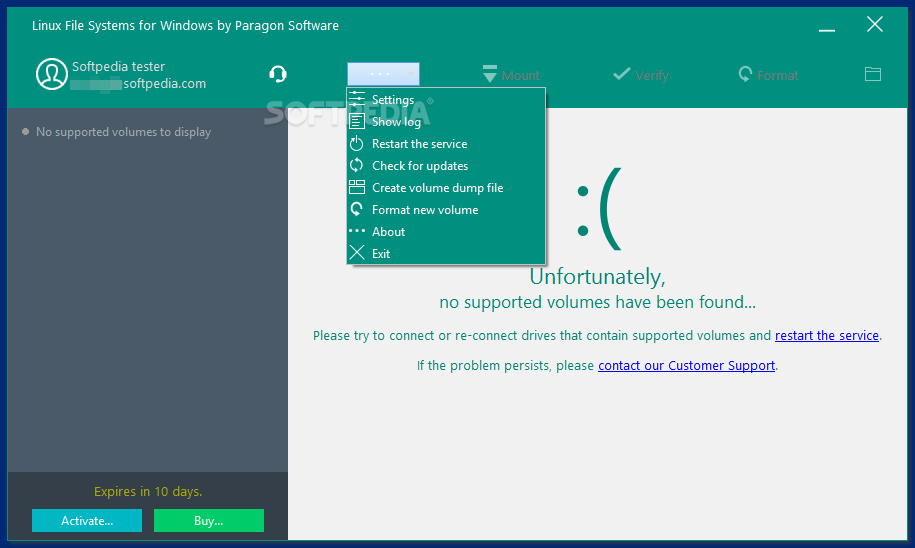
There are redundant data structures in place to improve recoverability. The advantage is that the file system metadata is in fixed, known locations. The ext3 file system does not include newer features like dynamic inode allocation and extents. If these features are not used then the ext3 file system matches an ext2 file system. The ext3 file system adds journaling, online file system growth capabilities, and an HTree indexing system for larger directories. Small files would not use those.Īn ext2 file system can be upgraded to ext3. The ext2 file system has a file definition (inode) that includes details about the file and links to data nodes with links to index nodes at the end. Larger files add a single- and then double-level reference before data is accessible.ġ. The first dozen links in a file’s inode reference data blocks for the start of the file. The ext2 file allocation uses a multilevel hierarchy that provides fast access for smaller files (Fig. It lacks the journal system found in ext3 and ext4. It is still used on many flash-based storage systems along with the FAT file system. It can now handle volumes up to 32 Tbytes and file sizes up to 2 Tbytes. The ext2 file system was introduced in 1993 and supported Linux features like symbolic links and long file names. It was the de facto standard for many years and it is still commonly used. The Extended File System is actually a family that currently includes ext2, ext3, and ext4. We start with an overview of features, followed by a more detailed description of each. There is also a class of clustered file systems designed for multi-node environments like Red Hat’s Global File System (GFS), GlusterFS, and Lustre. The Linux file systems covered here include ones that would typically be used in embedded applications. Understanding the options can help in selecting the right file system for an application.

Those may be supported by embedded developers but normally a Linux file system like the 4 extended file system (ext4), XFS, or BTRFS will be used for most storage partitions.


#Extfs file system windows#
Linux supports a range of file systems, including ones used on other operating systems such as Windows FAT and NTFS.


 0 kommentar(er)
0 kommentar(er)
